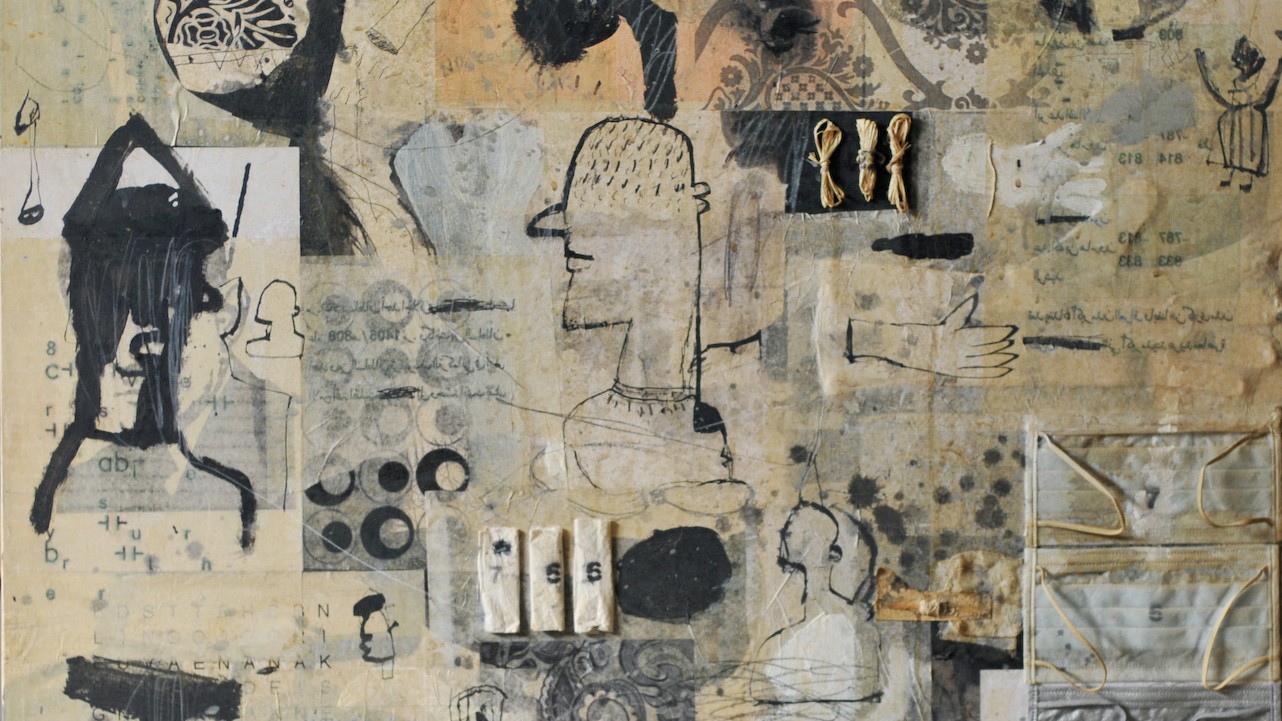Modernism and Iraq
Modernism and Iraq presents an unprecedented overview of the work of several generations of Iraqi artists, from the mid-twentieth century to the present. The exhibition includes paintings, sculptures, book- arts, and videos by forty-five artists, among them Jawad Salim, Dia Azzawi, Hana Malallah, Nazar Yahya, Kareem Risan, Ghassan Gha'eb, Rafa al Nasiri, and Mohammed al Shammarey; of the living artists, some work in Baghdad while others are abroad, in exile.
Image Carousel with 6 slides
A carousel is a rotating set of images. Use the previous and next buttons to change the displayed slide
-
Slide 1: Installation view of the exhibition “Modernism and Iraq“ curated by Zainab Bahrani and Nada Shabout. On view at the Wallach Art Gallery, Columbia University, January 27 - March 28, 2009.
-
Slide 2: Installation view of the exhibition “Modernism and Iraq“ curated by Zainab Bahrani and Nada Shabout. On view at the Wallach Art Gallery, Columbia University, January 27 - March 28, 2009.
-
Slide 3: Installation view of the exhibition “Modernism and Iraq“ curated by Zainab Bahrani and Nada Shabout. On view at the Wallach Art Gallery, Columbia University, January 27 - March 28, 2009.
-
Slide 4: Installation view of the exhibition “Modernism and Iraq“ curated by Zainab Bahrani and Nada Shabout. On view at the Wallach Art Gallery, Columbia University, January 27 - March 28, 2009.
-
Slide 5: Installation view of the exhibition “Modernism and Iraq“ curated by Zainab Bahrani and Nada Shabout. On view at the Wallach Art Gallery, Columbia University, January 27 - March 28, 2009.
-
Slide 6: Installation view of the exhibition “Modernism and Iraq“ curated by Zainab Bahrani and Nada Shabout. On view at the Wallach Art Gallery, Columbia University, January 27 - March 28, 2009.
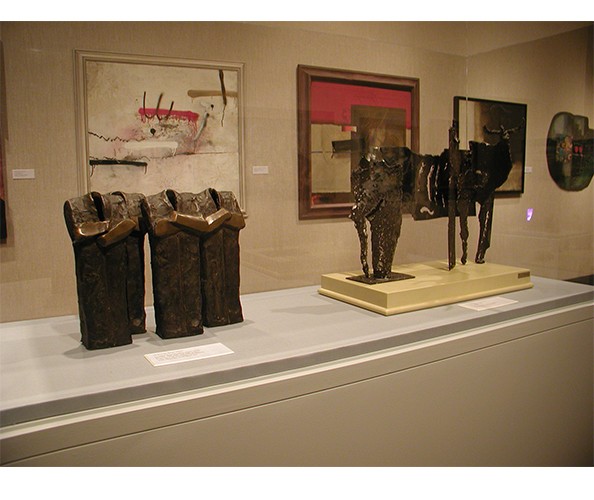
Installation view of the exhibition “Modernism and Iraq“ curated by Zainab Bahrani and Nada Shabout. On view at the Wallach Art Gallery, Columbia University, January 27 - March 28, 2009.
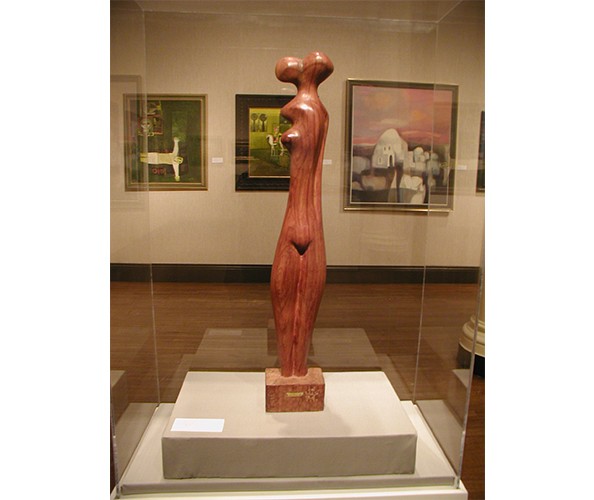
Installation view of the exhibition “Modernism and Iraq“ curated by Zainab Bahrani and Nada Shabout. On view at the Wallach Art Gallery, Columbia University, January 27 - March 28, 2009.
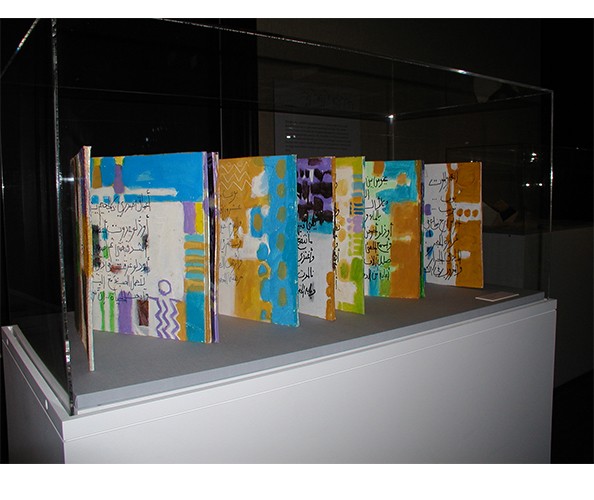
Installation view of the exhibition “Modernism and Iraq“ curated by Zainab Bahrani and Nada Shabout. On view at the Wallach Art Gallery, Columbia University, January 27 - March 28, 2009.
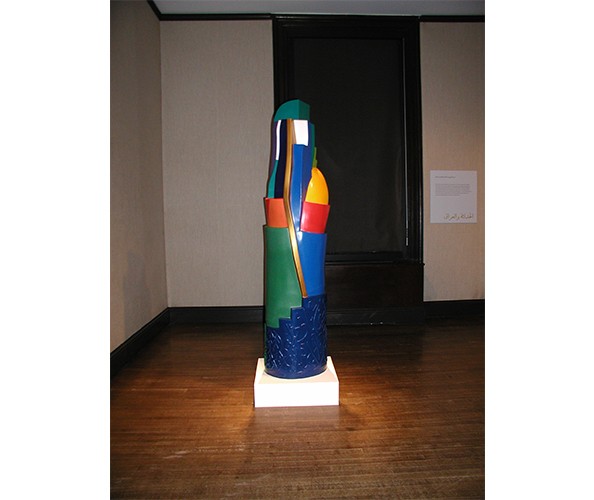
Installation view of the exhibition “Modernism and Iraq“ curated by Zainab Bahrani and Nada Shabout. On view at the Wallach Art Gallery, Columbia University, January 27 - March 28, 2009.
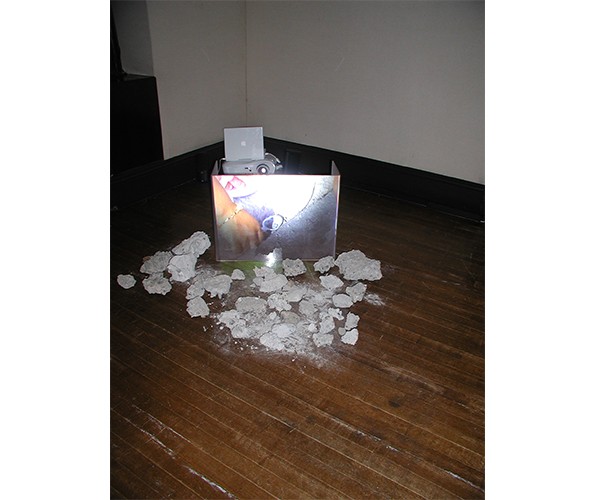
Installation view of the exhibition “Modernism and Iraq“ curated by Zainab Bahrani and Nada Shabout. On view at the Wallach Art Gallery, Columbia University, January 27 - March 28, 2009.
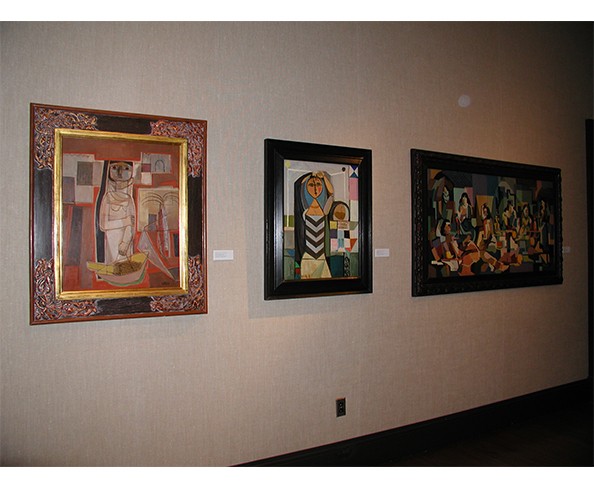
Installation view of the exhibition “Modernism and Iraq“ curated by Zainab Bahrani and Nada Shabout. On view at the Wallach Art Gallery, Columbia University, January 27 - March 28, 2009.
The emergence of a modern style in Iraq has been attributed to artists' newly established contacts with the West. But, as this exhibition shows, members of the so-called sixties generation used their Western training as a means of investigating their own past. This period was followed by decades of war. From the beginning of the Iran-Iraq war in 1980 through the ongoing conflict following the U.S. invasion in 2003, artists were prohibited from traveling abroad. During years of sanctions, state patronage vanished, art materials were scarce or nonexistent, and artists were forced to improvise. Modernism and Iraq offers a rare opportunity to understand the impact of cultural isolation on the development of contemporary Iraqi aesthetics. Notable among the contemporary works are Dafitir (notebooks), which bear testimony to the prevalence of book-art in current Iraqi practice.
The exhibition curators have selected artworks from several private collections and from the collection of the Qatar Foundation, Arab Modern Museum of Art. The exhibition is presented in cooperation with the Arab Museum of Modern Art, Qatar Museums Authority.
In conjunction with the exhibition, the Miriam and Ira D. Wallach Art Gallery has published a fully illustrated catalogue with essays by each of the curators. The 104-page catalogue, with 58 color illustrations, promises to be a valuable resource for information on modern Iraqi art, which is otherwise difficult to find in the West.

